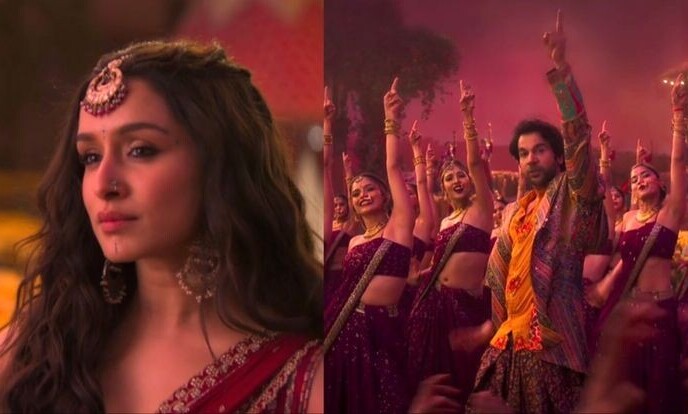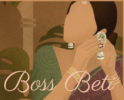Why Stree As A Movie Should Be An Example For Women In Society

Why Stree Should Be an Example for Women in Society
In a society where women’s voices are often drowned out, their safety frequently compromised, and justice sometimes feels like a distant dream, Stree isn’t just a movie—it’s a cultural statement, a beacon of what could be, and a rallying cry for change.
At first glance, Stree might seem like just another quirky horror-comedy, but dig a little deeper, and it’s clear that this film is doing much more than just entertaining. It’s rewriting the narrative in a way that’s both empowering and thought-provoking, using the guise of folklore and humor to tackle some of the most pressing issues women face today.
Let’s start with women’s safety. In Stree, the tables are turned. The usual trope of women being the ones afraid to walk alone at night is flipped on its head, and instead, it’s the men who are warned not to venture out after dark. This reversal is not just a clever plot device; it’s a stark reminder of the everyday fears that women live with. By portraying a world where men have to experience that same fear, Stree subtly, yet powerfully, critiques the way our society has normalized danger for women. The film challenges us to imagine a world where the night belongs to everyone equally, where the streets are safe no matter who you are.
Moving on to women’s voices—Stree is a film that amplifies them, even if in an unconventional way. The legend of Stree is one that’s whispered in every corner of the village, a tale passed down through generations. But what makes it powerful is that it’s rooted in the experiences of a wronged woman, a voice that refuses to be silenced. In a society where women’s voices are often muted or dismissed, Stree serves as a metaphor for the power of speaking out, for refusing to be invisible. The film, in its own way, tells women that their stories matter, that their voices have power, and that when they speak up, the world will listen—even if it has to be through fear and folklore.
Then there’s women’s justice. In many traditional narratives, justice for women is often elusive, delayed, or entirely absent. But Stree turns that on its head as well. Here, the character of Stree isn’t just a ghost seeking revenge—she’s a symbol of justice, of righting the wrongs that were done to her. The film doesn’t just settle for scaring its audience; it pushes them to think about the deeper implications of what justice means for women. It raises questions about how society often fails to protect women and how justice, when it comes, is often too little, too late. Stree is a reminder that true justice for women is about more than just punishment—it’s about recognition, respect, and the restoration of dignity.
So, why should Stree be an example for women in society? Because it’s more than just a film—it’s a narrative that challenges the status quo. It’s a movie that uses the language of horror and humor to make serious points about the world we live in, about the fears that women face, and about the power they have to reclaim their space, their voices, and their rights.
In Stree, we see a world where women are not just victims or side characters; they are central to the story, and their power is undeniable. It’s a film that tells women they don’t have to accept the roles society has written for them—they can rewrite their own stories, take control of their narratives, and demand the safety, justice, and respect they deserve.
Stree should be an example for society because it offers a vision of what could be—a world where women are heard, protected, and empowered. It’s a reminder that change is possible, that fear can be transformed into strength, and that justice, when pursued relentlessly, can be achieved. And in a world where these things are still far from guaranteed, Stree stands as a symbol of hope, resilience, and the enduring power of women to shape their own destinies.
